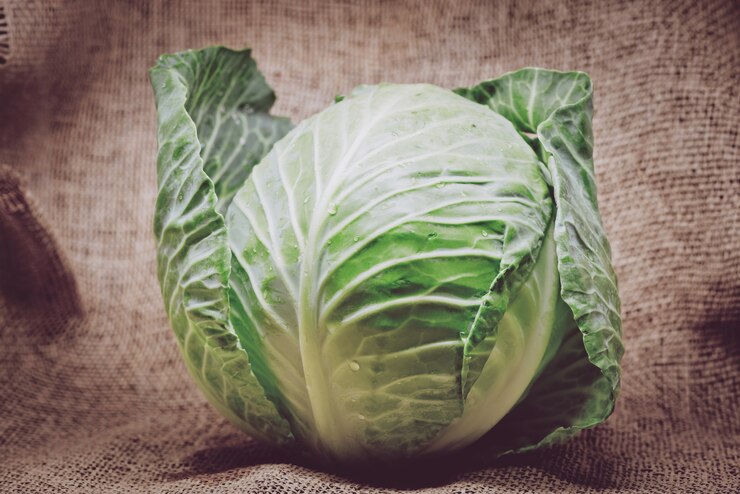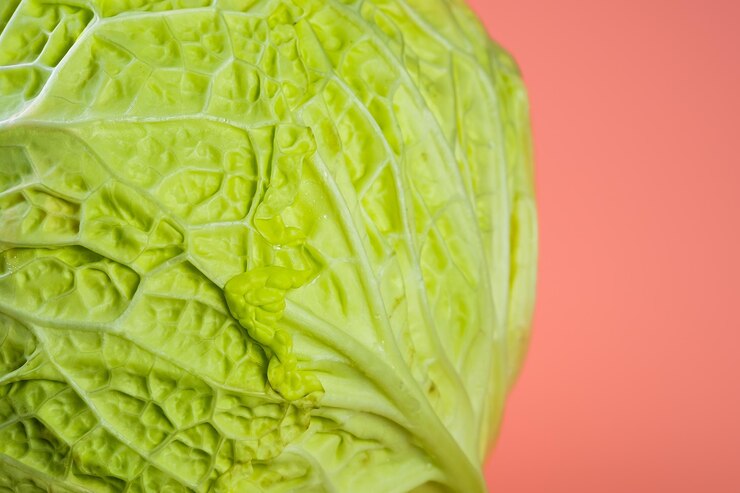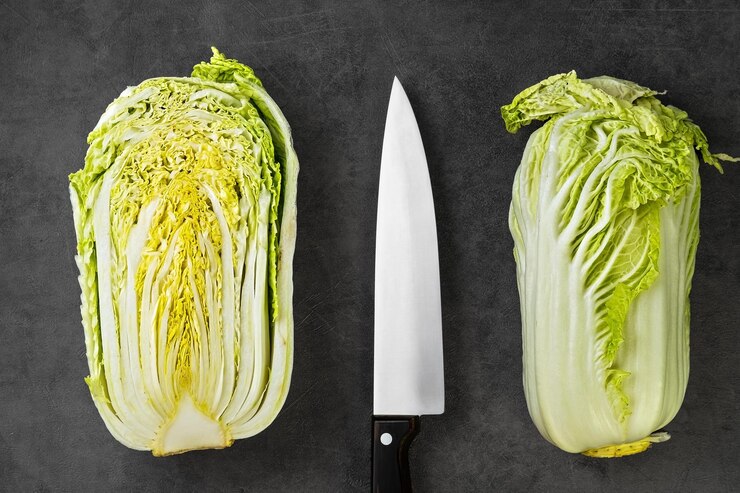4 Main Types Of Cabbage
Maybe you’ve been wanting to learn how to make Eastern European cabbage rolls the traditional way. Or, perhaps you’re excited about always having spicy Korean kimchi on hand.
With its various colors, textures, and uses, it is a versatile vegetable found in many delicious dishes from across the world. No matter how you plan on using it, nothing beats a crisp cabbage fresh from the garden!
This cool-season crop exhibits a variety of benefits for gardeners. It’s easy to grow and some varieties remain fresh even into winter months. To choose the best one for your unique culinary preferences or gardening needs, you’ll first need to understand the four basic types of cabbage: green, red, savoy, and Chinese.
What Is Cabbage?
Brassica oleracea, more commonly known as cabbage, belongs to the same family as broccoli, cauliflower, Brussels sprouts, and kale. It was cultivated in Europe for thousands of years and then bred to create large and nutritious edible heads. Its dense leaves are usually white or pale green in color, but can also be found in red or purple varieties.
This cruciferous vegetable is high in Vitamin K, Vitamin C, potassium, magnesium, manganese, calcium, iron, and fiber. It can be eaten raw but is also incredibly versatile when it comes to cooking. You’ll often see it pickled, fermented into sauerkraut, steamed, stewed, roasted, sautéed, or braised.
1. Green Cabbage

Green cabbage is the most widely familiar type, with its round or pointed heads and firm texture. The leaves are typically dark green to pale green, though some can even be white ? hence its alternative name, white cabbage. Green ones include a diverse range of varietals, some of which are frost tolerant while others are heat tolerant. No matter your gardening zone, you’re sure to find a green cabbage that works well in your climate.
When raw, the leaves can be somewhat rubbery, with a mild bitterness and peppery kick. Raw green ones is commonly used in coleslaw for its peppery crunch but can also be fermented or pickled. When cooked, it will turn translucent with a soft texture and sweet aftertaste, ideal for dumpling filling, stir frys, or soups. Make sure to pick them with some heft and densely packed leaves.
2. Red (Purple) Cabbage

Red versions of these vegetables, which contains a greater amount of anthocyanins (a healthy antioxidant), is recognizable for its smooth purplish-red leaves. The purple hue may turn into a bright blue upon cooking. In addition, be aware that red ones tends to bleed its color into its surroundings when cooked. However, you can prevent the color change by adding an acid like citrus juice or vinegar.
Red cabbage could be a good choice for gardeners with limited space, as its heads tend to be more compact. In addition, it requires a longer time to mature than other types of cabbage. As a result, it offers a mellower taste but a more leathery texture. Given this, it works best in a salad or coleslaw, adding a pop of color and crunch ? but it can also be used interchangeably with other cabbage recipes.
3. Savoy Cabbage

Originally from France, savoy cabbage is easy to distinguish because of its dark, crinkled leaves. The crimped texture of this vegetable has become associated with the name “savoy,” which is now used to describe other vegetables with the same frilly look. The textured leaves are more tender than other varieties, and those closest to the core will be the most tender. Thus, savoy vegetable can withstand longer cooking times ? an advantageous trait for cabbage rolls, stir frys, and sautéed side dishes.
As a European varietal, savoyis especially resistant to cold and frost, making it a good choice for northern gardeners. For that reason, it will also grow well in fall when temperatures start to drop and will store well throughout the winter. Savoy variant also has high heat tolerance, which means southern gardeners and summertime gardeners can enjoy it, too.
4. Chinese (Napa) Cabbage

Lastly, Chinese cabbage (a.k.a. Napa ) has an elongated, cylindrical head of yellow-green leaves with thick, white spines. This variety is not actually a Brassica oleracea but a Brassica rapa, a type of chard more akin to bok choy and mustard greens.
Cultivated since at least the 1200s in China, Napa has a mild, sweet flavor, peppery bite, and distinct crunchy texture. It cooks well for use in dumplings and Asian soups. It’s also the main ingredient in kimchi, a fermented cabbage side dish common in Korea. Make sure to use your Chinese cabbage quickly though, as its shelf life is not long and it does not tolerate freezing temperatures well.
In Conclusion
With its smooth, sweet green leaves, green cabbage is suited to many culinary uses, like the rolls and soups. Red oneshas crinkled leaves radiating deep purple hues, creating a pop of color and crunchy bite in cole slaws and salads.
Meanwhile, the crumpled yet flavorful leaves of savoy cabbage are suited to almost any use, from stir frys to sauerkraut. Finally, Chinese cabbage, with its long, crunchy stalks, should be your go-to for fermenting into kimchi or filling up dumplings.
All four types of cabbage are rich in vitamins, minerals, and fiber, making them equally beneficial to a healthy diet. So which type of cabbage is most aligned with your culinary tastes and growth goals? Start growing your own cabbage at home this upcoming spring, and you can tantalize your taste buds with your favorite cabbage recipes for months to come!
Read Also:



















